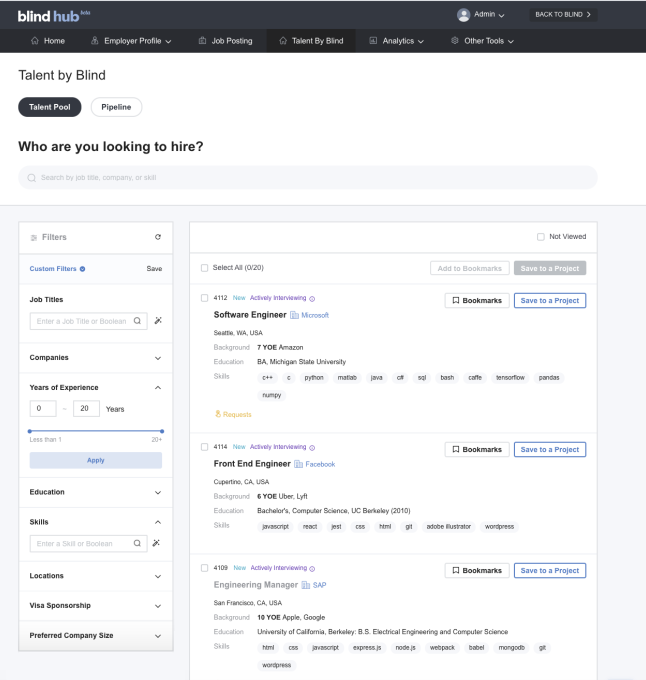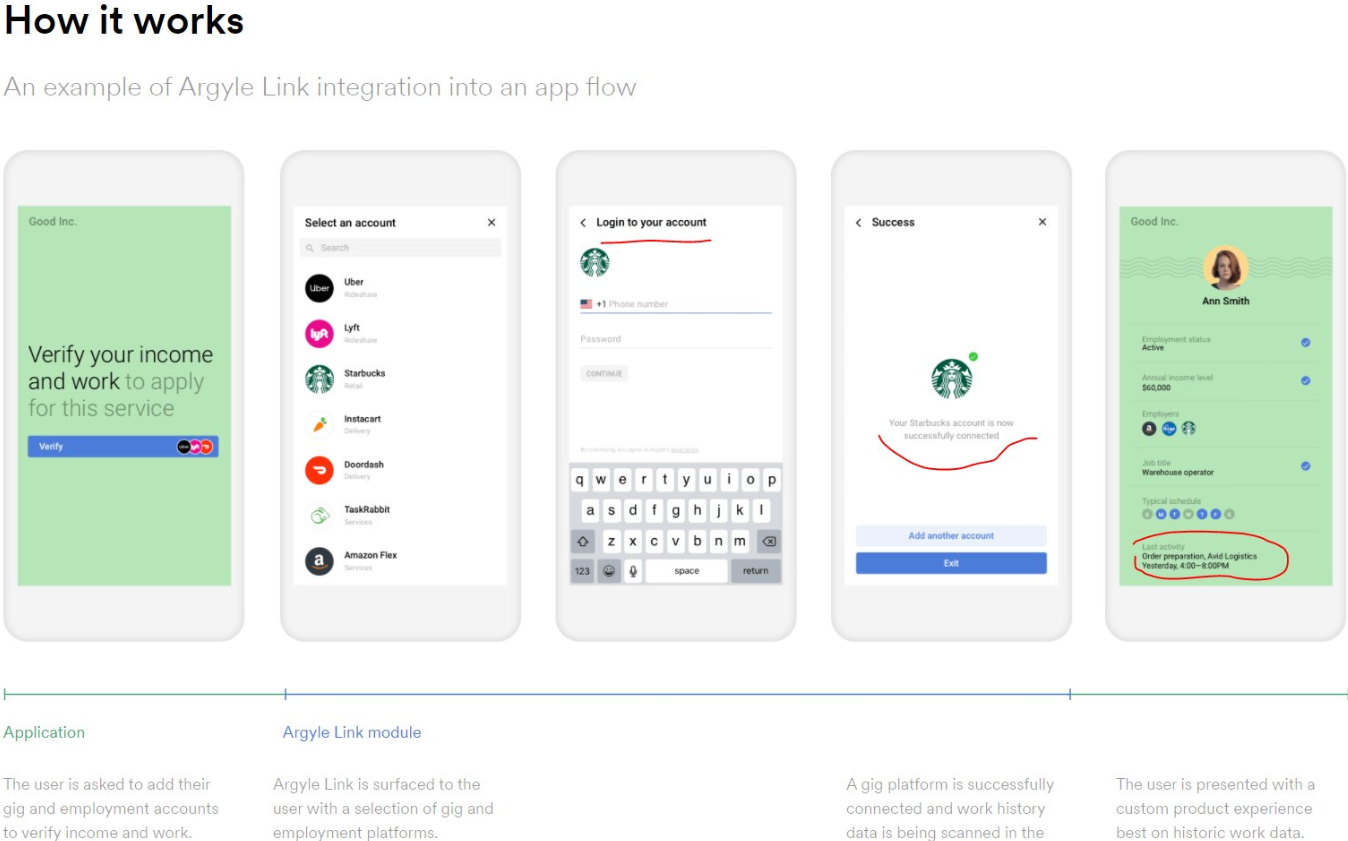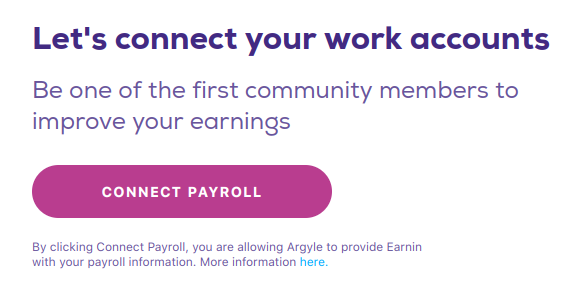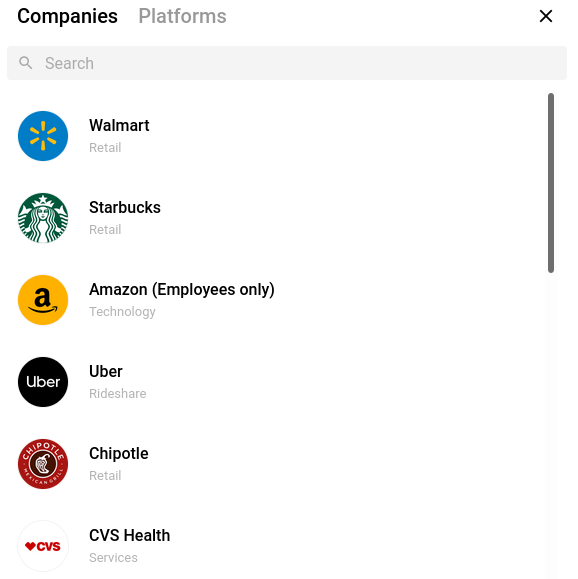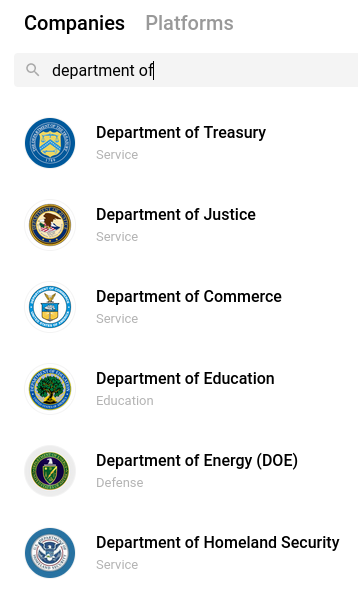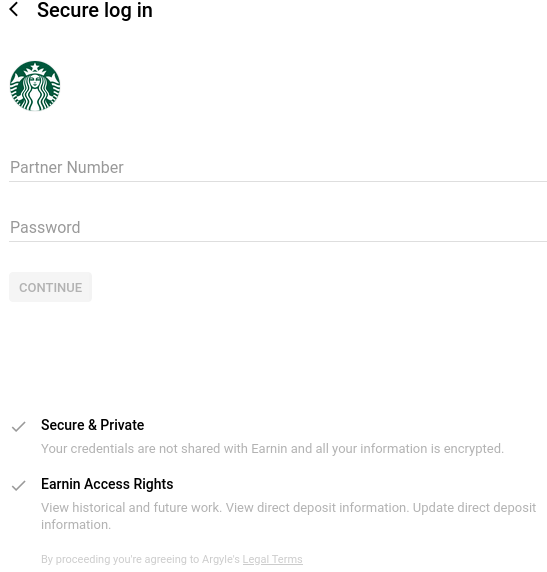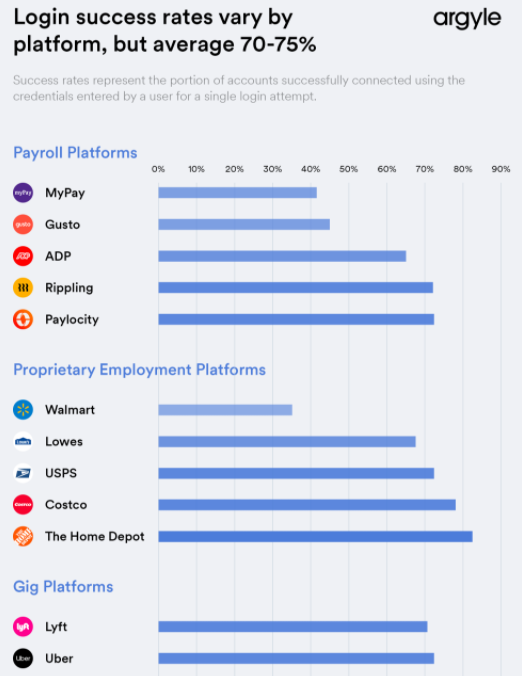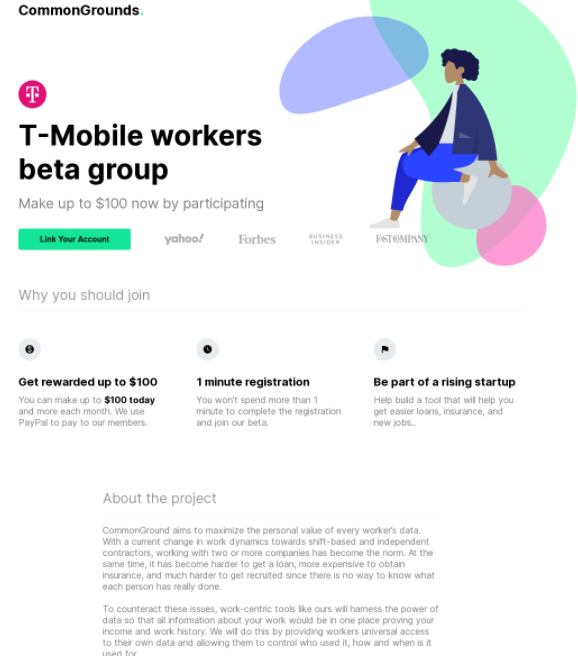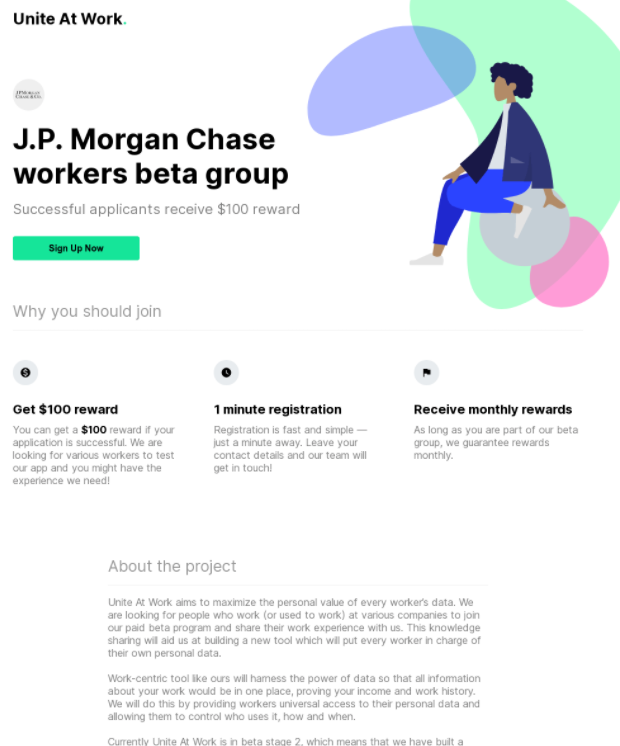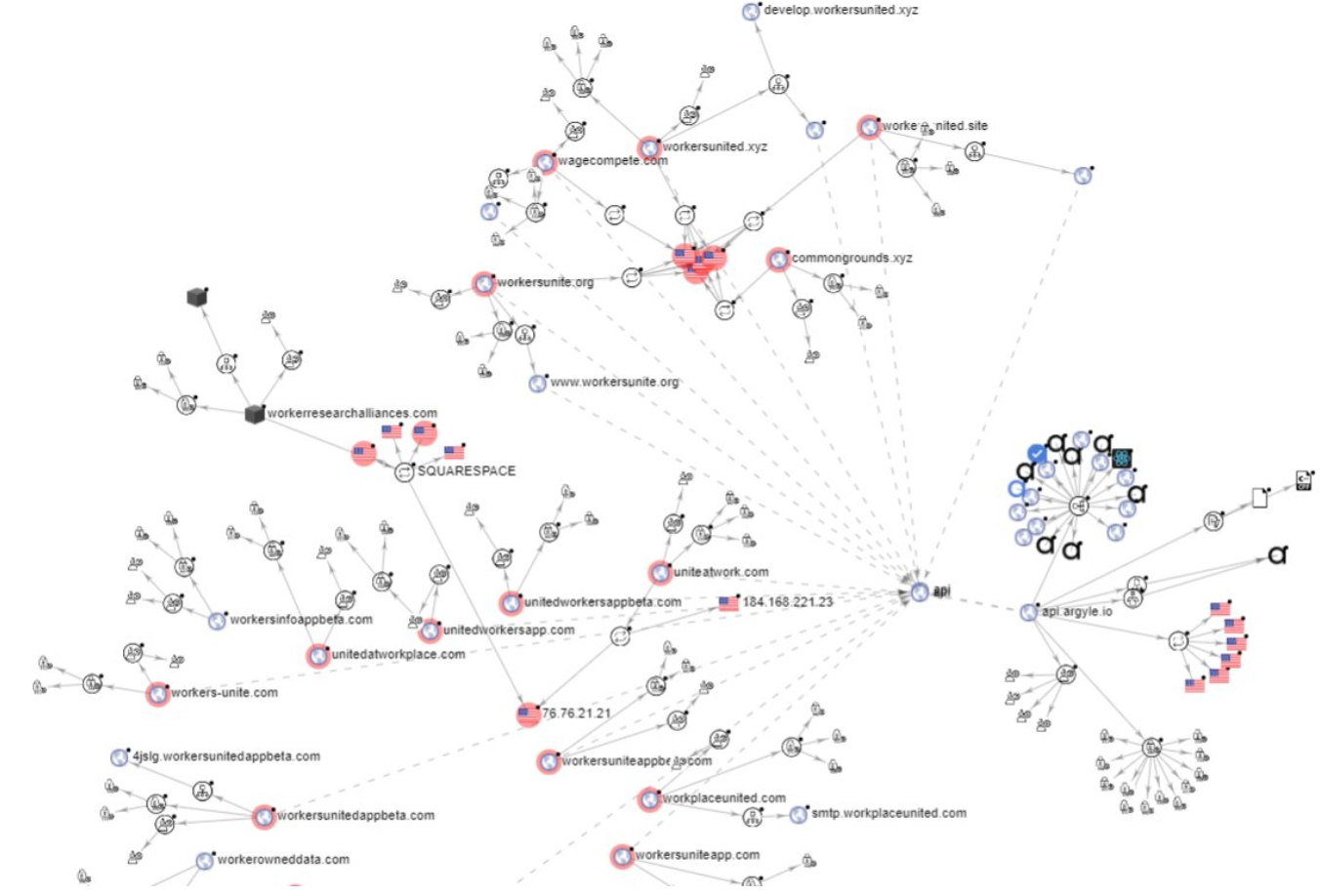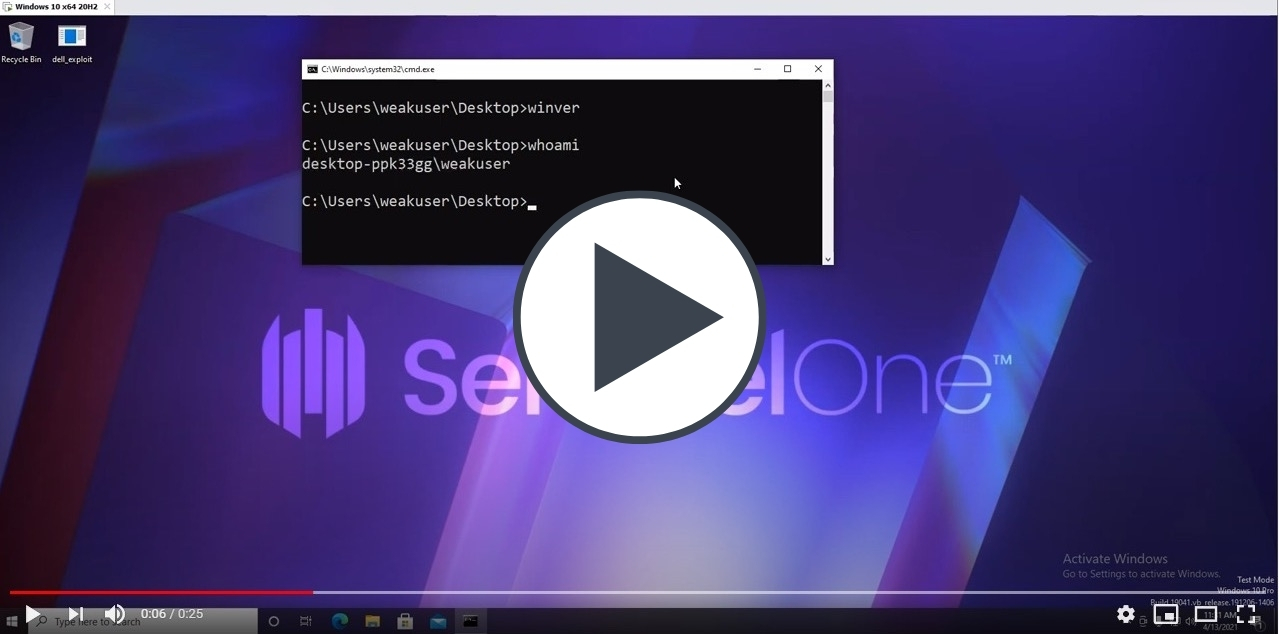Disasters may not always be man-made, but they are always responded to by humans. There’s a whole panoply of skills and professions required today to respond to even the tiniest emergency, and that doesn’t even include the needs during pre-disaster planning and post-disaster recovery. It’s not a very remunerative industry for most and the mental health effects from stress can linger for decades, but the mission at the core of this work — to help people in the time of their greatest need — is what continues to attract many to partake in this never-ending battle anyway.
In the last three parts of this series on the future of technology and disaster response, I’ve focused on, well, technology, and specifically the sales cycle for new products, the sudden data deluge now that Internet of Things (IoT) is in full force, and the connectivity that allows that data to radiate all around. What we haven’t looked at enough so far is the human element: the people who actually respond to disasters as well as what challenges they face and how technology can help them.
So in this fourth and final part of the series, we’ll look at four areas where humans and technology intersect within disaster response and what future opportunities lie in this market: training and development, mental health, crowdsourced responses to disasters, and our doomsday future of hyper-complex emergencies.
Training in a hellfire
Most fields have linear approaches to training. To become a software engineer, students learn some computer science theory, add in some programming practice, and voilà (note: your mileage may vary). To become a medical doctor, aspiring physicians take an undergraduate curriculum teeming with biology and chemistry, head to medical school for two deadened years of core anatomy and other classes and then switch into clinical rotations, a residency, and maybe fellowships.
But how do you train someone to respond to emergencies?
From 911 call takers to EMTs and paramedics to emergency planning officials and the on-the-ground responders who are operating in the center of the storm as it were, there are large permutations in the skills required to do these jobs well. What’s necessary aren’t just specific hard skills like using call dispatch software or knowing how to upload video from a disaster site, but also critically-important softer skills as well: precisely communicating, having sangfroid, increasing agility, and balancing improvisation with consistency. The chaos element also can’t be overstated: every disaster is different, and these skills must be viscerally recombined and exercised under extreme pressure with frequently sparse information.
A whole range of what might be dubbed “edtech” products could serve these needs, and not just exclusively for emergency management.
Communications, for instance, isn’t just about team communications, but also communicating with many different constituencies. Aaron Clark-Ginsberg, a social scientist at RAND Corporation, said that “a lot of these skills are social skills — being able to work with different groups of people in culturally and socially appropriate ways.” He notes that the field of emergency management has heightened attention to these issues in recent years, and “the skillset we need is to work with those community structures” that already exist where a disaster strikes.
As we’ve seen in the tech industry the last few years, cross-cultural communication skills remain scarce. One can always learn this just through repeated experiences, but could we train people to develop empathy and understanding through software? Can we develop better and richer scenarios to train emergency responders — and all of us, really — on how to communicate effectively in widely diverging conditions? That’s a huge opportunity for a startup to tackle.
Emergency management is now a well-developed career path. “The history of the field is very fascinating, [it’s] been increasingly professionalized, with all these certifications,” Clark-Ginsberg said. That professionalization “standardizes emergency response so that you know what you are getting since they have all these certs, and you know what they know and what they don’t.” Certifications can indicate singular competence, but perhaps not holistic assessment, and it’s a market that offers opportunities for new startups to create better assessments.
Like many of us, responders get used to doing the same thing over and over again, and that can make training for new skills even more challenging. Michael Martin of emergency data management platform RapidSOS describes how 911 call takers get used to muscle memory, “so switching to a new system is very high-risk.” No matter how bad existing software interfaces are, changing them will very likely slow every single response down while increasing the risk of errors. That’s why the company offers “25,000 hours a year for training, support, integration.” There remains a huge and relatively fragmented market for training staff as well as transitioning them from one software stack to another.
Outside these somewhat narrow niches, there is a need for a massive renaissance in training in this whole area. My colleague Natasha Mascarenhas recently wrote an EC-1 on Duolingo, an app designed to gamify and entrance students interested in learning second languages. It’s a compelling product, and there is no comparative training system for engaging the full gamut of first responders.
Art delaCruz, COO and president of Team Rubicon, a non-profit which assembles teams of volunteer military veterans to respond to natural disasters, said that it’s an issue his organization is spending more time thinking about. “Part of resilience is education, and the ability to access information, and that is a gap that we continue to close on,” he said. “How do you present information that’s more simple than [a learning management system]?” He described the need for “knowledge bombs like flash cards” to regularly provide responders with new knowledge while testing existing ideas.
There’s also a need to scale up best practices rapidly across the world. Tom Cotter, director of emergency response and preparedness at Project Hope, a non-profit which empowers local healthcare workers in disaster-stricken and impoverished areas, said that in the context of COVID-19, “a lot of what was going to be needed [early on] was training — there were huge information gaps at the clinical level, how to communicate it at a community level.” The organization developed a curriculum with Brown University’s Watson Institute in the form of interactive PowerPoints that were ultimately used to train 100,000 healthcare workers on the new virus, according to Cotter.
When I look at the spectrum of edtech products existing today, one of the key peculiarities is just how narrow each seems to focus. There are apps for language learning and for learning math and developing literacy. There are flash card apps like Anki that are popular among medical students, and more interactive approaches like Labster for science experiments and Sketchy for learning anatomy.
Yet, for all the talk of boot camps in Silicon Valley, there is no edtech company that tries to completely transform a student in the way that a bona fide boot camp does. No startup wants to holistically develop their students, adding in hard skills while also advancing the ability to handle stress, the improvisation needed to confront rapidly-changing environments, and the skills needed to communicate with empathy.
Maybe that can’t be done with software. Maybe. Or perhaps, no founder has just had the ambition so far to go for broke — to really revolutionize how we think about training the next generation of emergency management professionals and everyone else in private industry who needs to handle stress or think on their feet just as much as frontline workers.
That’s the direction where Bryce Stirton, president and co-founder of public-safety company Responder Corp, has been thinking about. “Another area I am personally a fan of is the training space around VR,” he said. “It’s very difficult to synthesize these stressful environments,” in areas like firefighting, but new technologies have “the ability to pump the heart that you need to experience in training.” He concludes that “the VR world, it can have a large impact.”
Healing after disaster
When it comes to trauma, few fields face quite the challenge as emergency response. It’s work that almost by definition forces its personnel to confront some of the most harrowing scenes imaginable. Death and destruction are given, but what’s not always accounted for is the lack of agency in some of these contexts for first responders — the family that can’t be saved in time so a 911 call taker has to offer final solace, or the paramedics who don’t have the right equipment even as they are showing up on site.
Post-traumatic stress is perhaps the most well-known and common mental health condition facing first responders, although it is hardly the only one. How to ameliorate and potentially even cure these conditions represents a burgeoning area of investment and growth for a number of startups and investors.
Risk & Return, for instance, is a venture firm heavily focused on companies working on mental health as well as human performance more generally. In my profile of the firm a few weeks ago, managing director Jeff Eggers said that “We love that type of technology since it has that dual purpose: going to serve the first responder on the ground, but the community is also going to benefit.”
Two examples of companies from its portfolio are useful here to explore as examples of different pathways in this category. The first is Alto Neuroscience, which is a stealthy startup founded by Amit Etkin, a multidisciplinary neuroscientist and psychiatrist at Stanford, to create new clinical treatments to post-traumatic stress and other conditions based on brainwave data. Given its therapeutic focus, it’s probably years before testing and regulatory approvals come through, but this sort of research is on the cutting-edge of innovation here.
The second company is NeuroFlow, which is a software startup using apps to guide patients to better mental health outcomes. Through persistent polling, testing, and collaboration with practitioners, the company’s tools allow for more active monitoring of mental health — looking for emerging symptoms or relapses in even the most complicated cases. NeuroFlow is more on the clinical side, but there are obviously a wealth of wellness startups that have percolated in recent years as well like Headspace and Calm.
Outside of therapeutics and software though, there are entirely new frontiers around mental health in areas like psychedelics. That was one of the trends I called out as a top five area for investment in the 2020s earlier this year, and I stand by that. We’ve also covered a startup called Osmind which is a clinical platform for managing patients with a psychedelic focus.
Risk & Return itself hasn’t made an investment in psychedelics yet, but Bob Kerrey, the firm’s board chairman and the former co-chair of the 9/11 Commission as well as former governor and senator of Nebraska, said that “it’s difficult to do this if you are the government, but easier to do this in the private sector.”
Similar to edtech, mental health startups might get their start in the first responder community, but they are hardly limited to this population. Post-traumatic stress and other mental health conditions affect wide swaths of the world’s population, and solutions that work in one community can often translate more broadly to others. It’s a massive, massive market, and one that could potentially transform the lives of millions of people for the better.
Before moving on, there’s one other area of interest here, and that is creating impactful communities for healing. First responders and military veterans experience a mission and camaraderie in their service that they often lack once they are in new jobs or on convalescence. DelaCruz of Team Rubicon says that one of the goals of bringing veterans to help in disaster regions is that the veterans themselves “reconnect with identity and community — we have these incredible assets in these men and women who have served.” It’s not enough to just find a single treatment per patient — we oftentimes need to zoom out to the wider population to see how mental health ripples out.
Helping people find purpose may not be the easiest challenge to solve as a startup, but it’s certainly a major challenge for many, and an area fermenting with new approaches now that the the social networking wave has reached its nadir.
Crowdsourcing disaster response
Decentralization has been all the rage in tech in recent years — just mention the word blockchain in a TechCrunch article to get at least 50 PR emails about the latest NFT for a toilet stain. While there is obviously a lot of noise, one area where substance may pan out well is in disaster response.
If the COVID-19 pandemic showed anything, it was the power of the internet to aggregate as well as verify data, build dashboards, and deliver highly-effective visualizations of complex information for professionals and laypeople alike. Those products were developed by people all around the world often from the comfort of their own homes, and they demonstrate how crowds can quickly draft serious labor to help respond to crises as they crop up.
Jonathan Sury, project director at the National Center for Disaster Preparedness at the Earth Institute at Columbia University, said that “COVID has really blown so much of what we think about out of the water.” With so many ways to collaborate online right now, “that’s what I would say is very exciting … and also practical and empowering.”
Clark-Ginsberg of RAND calls it the “next frontier of disaster management.” He argues that “if you can use technology to broaden the number of people who can participate in disaster management and respond to disasters,” then we might be reaching an entirely new paradigm for what effective disaster response will look like. “Formal structures [for professional frontline workers] have strengthened and that has saved lives and resources, but our ability to engage with everyday responders is still something to work on.”
Many of the tools that underpin these crowdsourced efforts don’t even focus on disasters. Sury pointed to Tableau and data visualization platform Flourish as examples of the kinds of tools that remote, lay first responders are using. There are now quite robust tools for tabular data, but we’re still relatively early in the development of tools for handling mapping data — obviously critical in the crisis context. Unfolded.ai, which I profiled earlier this year, is working on building scalable geospatial analytics in the browser. A lot more can be done here.
Oftentimes there are ways to coordinate the coordinators. Develop for Good, which I looked at late last year, is a non-profit designed to connect enterprising computer science students to software and data projects at non-profits and agencies that needed help during the pandemic. Sometimes these coordinators are non-profit orgs, and sometimes, just very active Twitter accounts. There’s a lot more experimentation possible on how to coordinate efforts in a decentralized way while still engaging with professional first responders and the public sector.
Speaking of decentralization, it’s even possible that blockchain could play a role in disaster and crisis response. Many of these opportunities rest on using blockchain for evidence collection or for identity. For example, earlier this week Leigh Cuen took a careful look at an at-home sexual assault evidence collection kit from Leda Health that uses the blockchain to establish a clear time for when a sample was collected.
There is a lot more potential to harness the power of crowdsourcing and decentralization, and many of these projects have applications far outside disaster management itself. These tools not only solve real problems — they provide real community to people who may not be related to the disaster itself, but are enthusiastic to do their part to help others.
The black swans of black swans
In terms of startups, the three markets I identified — better training, better mental health, and better crowdsourcing collaboration tools, particularly around data — collectively represent a very compelling set of markets that will not only be valuable for founders, but can rapidly improve lives.
In his book Normal Accidents, Charles Perrow talks about how an increasing level of complexity and coupledness in our modern technical systems all but guarantee disasters to occur. Add in a warming world as well as the intensity, frequency, and just plain unusualness of disasters arriving each year, and we are increasingly seeing entirely novel forms of emergencies we have never responded to before. Take most recently the ultra-frigid conditions in Texas that sapped power from its grid, leading to statewide blackouts for hours and days in some parts of the state.
Clark-Ginsberg said, “We are seeing these risks emerge that aren’t just typical wildfires — where we have a response structure that we can easily setup and manage the hazard, [we’re] very good at managing these typical disasters. There are more of these atypical disasters cropping up, and we have a very hard time setting up structures for this — the pandemic is a great example of that.”
He describes these challenges as “trans-boundary risk management,” disasters that cross bureaucratic lines, professions, societies, and means of action. “It takes a certain agility and the ability to move quickly and the ability to work in ways outside typical bureaucratic structures, and that is just challenging full stop,” he said.
The Future of Technology and Disaster Response
Even as we begin to have better point solutions to the individual problems that disasters and their responses require, we can’t be remiss in neglecting the more systematic challenges that these emergencies are bringing to the fore. We have to start thinking about bringing humans together faster and in more novel ways to be the most effective, while coupling them flexibly and with agility to the best tools that meet their needs in the moment. That’s probably not literally “a startup,” but more a way of thinking about what it means to construct a disaster response fresh given the information available.
Amanda Levin, a policy analyst at the Natural Resources Defense Council, said that “even if we mitigate, there are huge pressures and huge impacts today from a warming world … even if we stop emissions today, [they] will still persist.” As one of my interviewees in government service who asked to go unnamed noted about disaster response, “You always are coming up short somewhere.” The problems are only getting harder, and we humans need much better tools to match the man-made trials we created for ourselves. That’s the challenge — and opportunity — for a tough century ahead.



